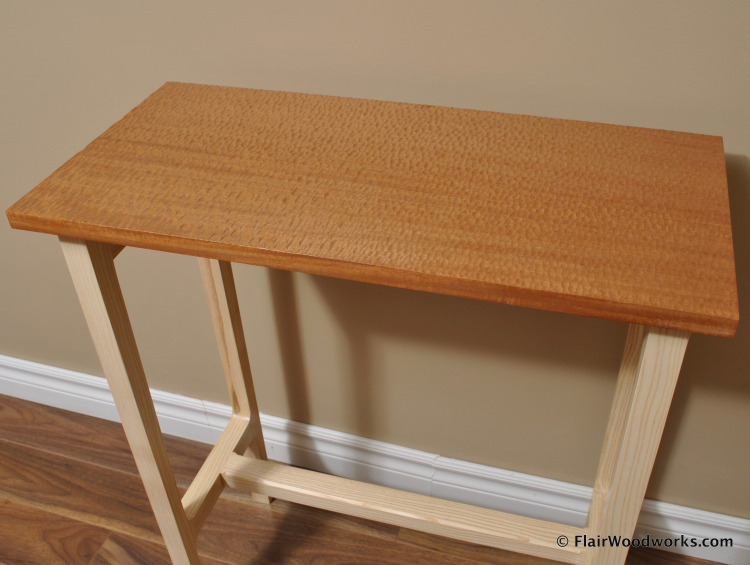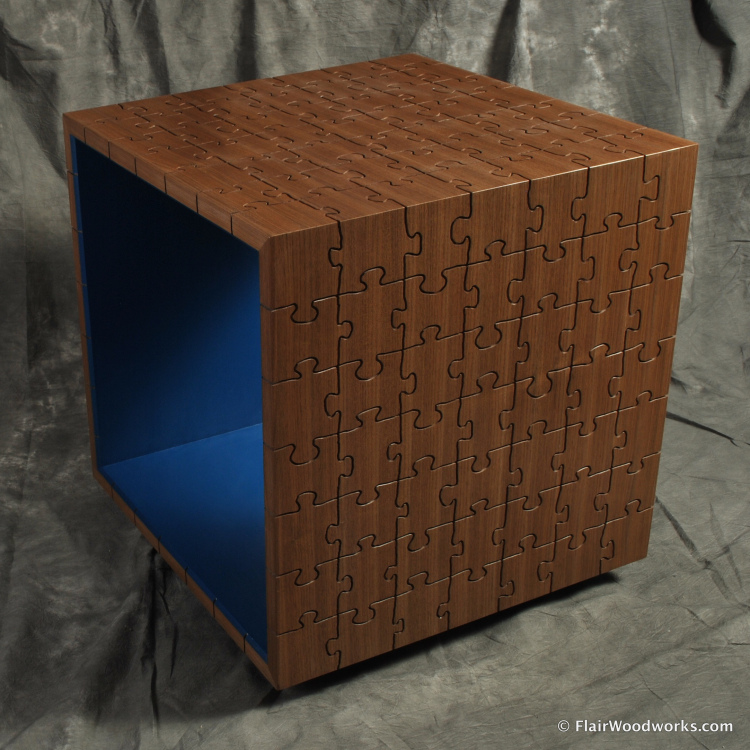A textured top might at first seem the wrong choice for a writing desk, but with computers leading the writing world nowadays we think it’s a great idea. – Canadian Woodworking & Home Improvement Magazine I completed the base for the 21st Century Writing Desk, to go with the top that I carved in November. The base had to be visually lightweight to avoid overwhelming the thin top. I achieved this by leaving space below the top and tapering the legs. To allow ample space for knees, I opted to omit the front apron. I made up for the missing apron by using an H-shaped stretcher assembly positioned low on the legs. Turned around, the desk can be used …
Quite often, I need a wider board than what I have available. Usually, that means gluing up two or more boards edge to edge. Since, in this situation, I am usually making a highly visible part such as a table top or cabinet side, I am very careful to match not only the grain pattern of the neighbouring boards, but the exact colour shading as well. The surface of this box is comprised of between 8 and 20 strips edge-glued together. I honestly don’t remember how many strips were used, and they were assembled in such a way that the seams aren’t distinguishable. It’s a very time consuming process, as I need to flip, rotate, slide and shuffle …

